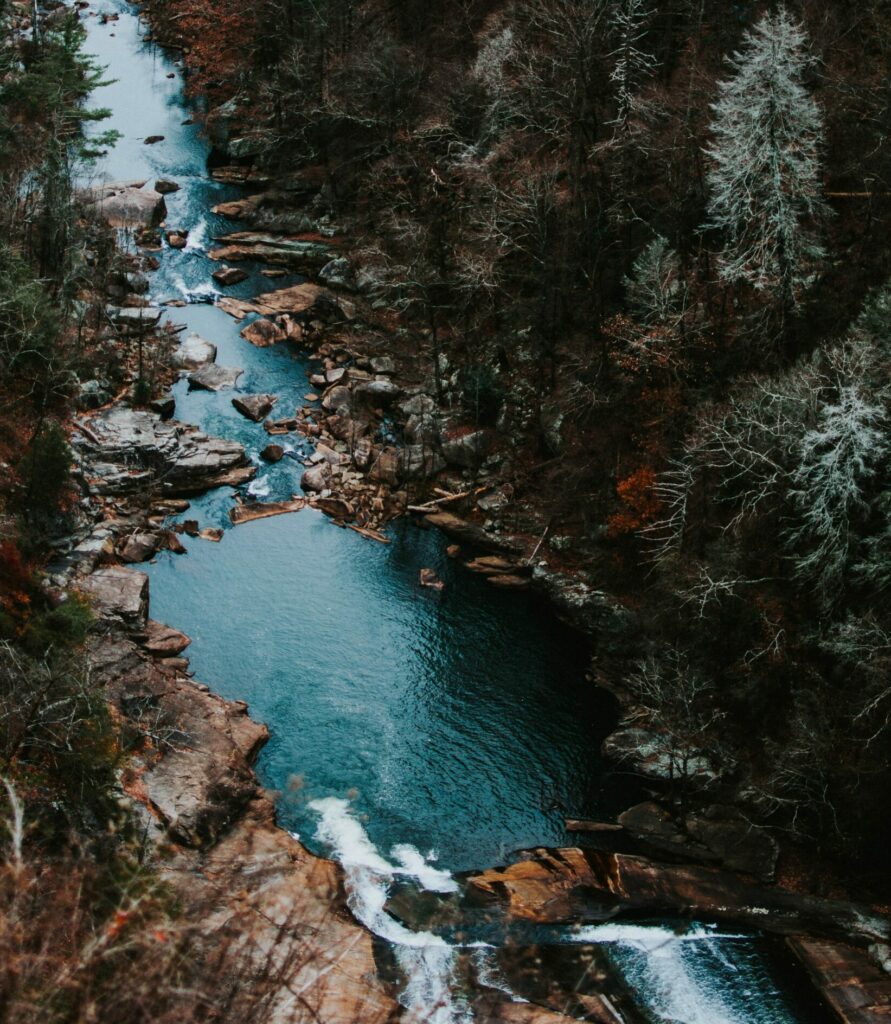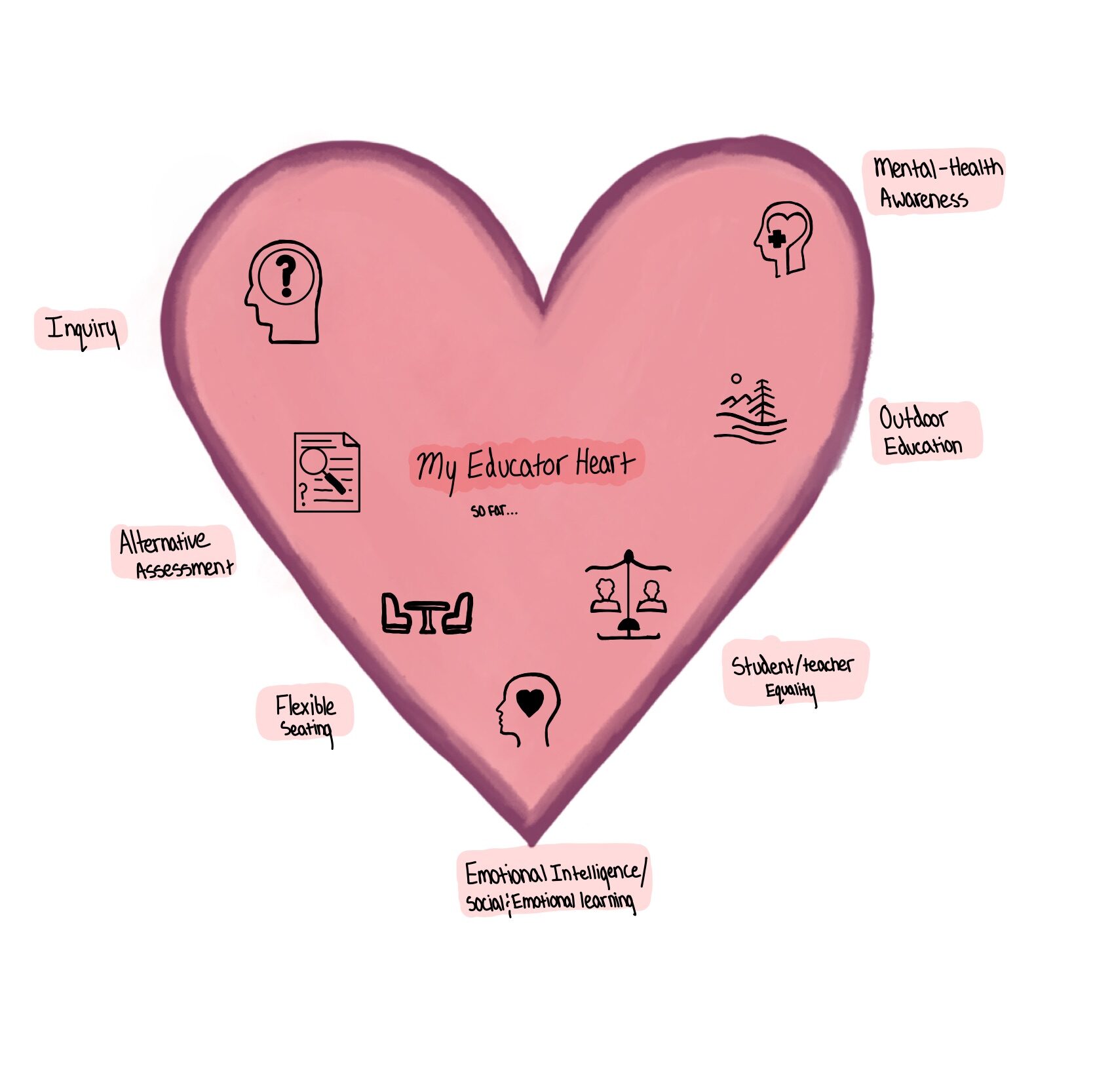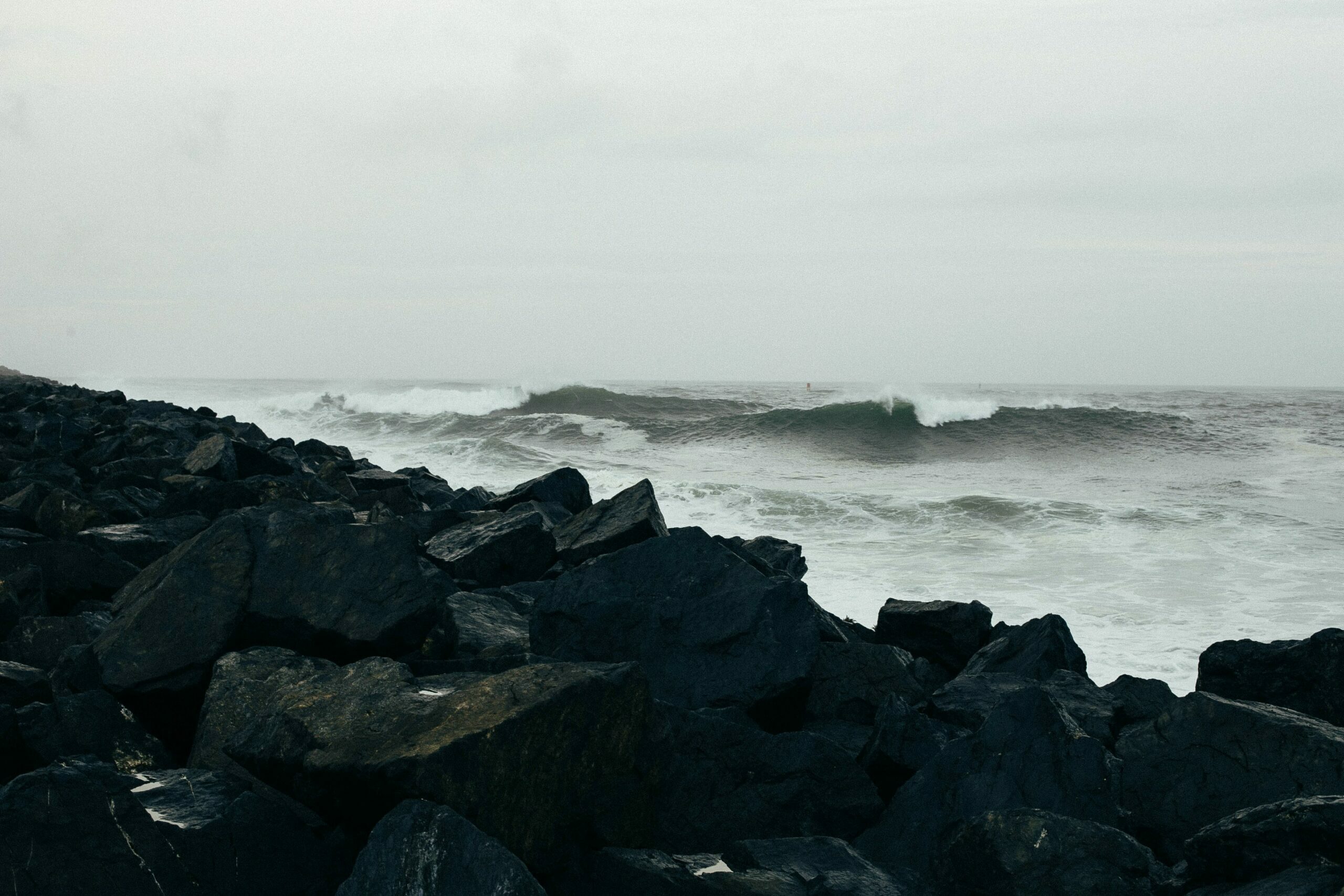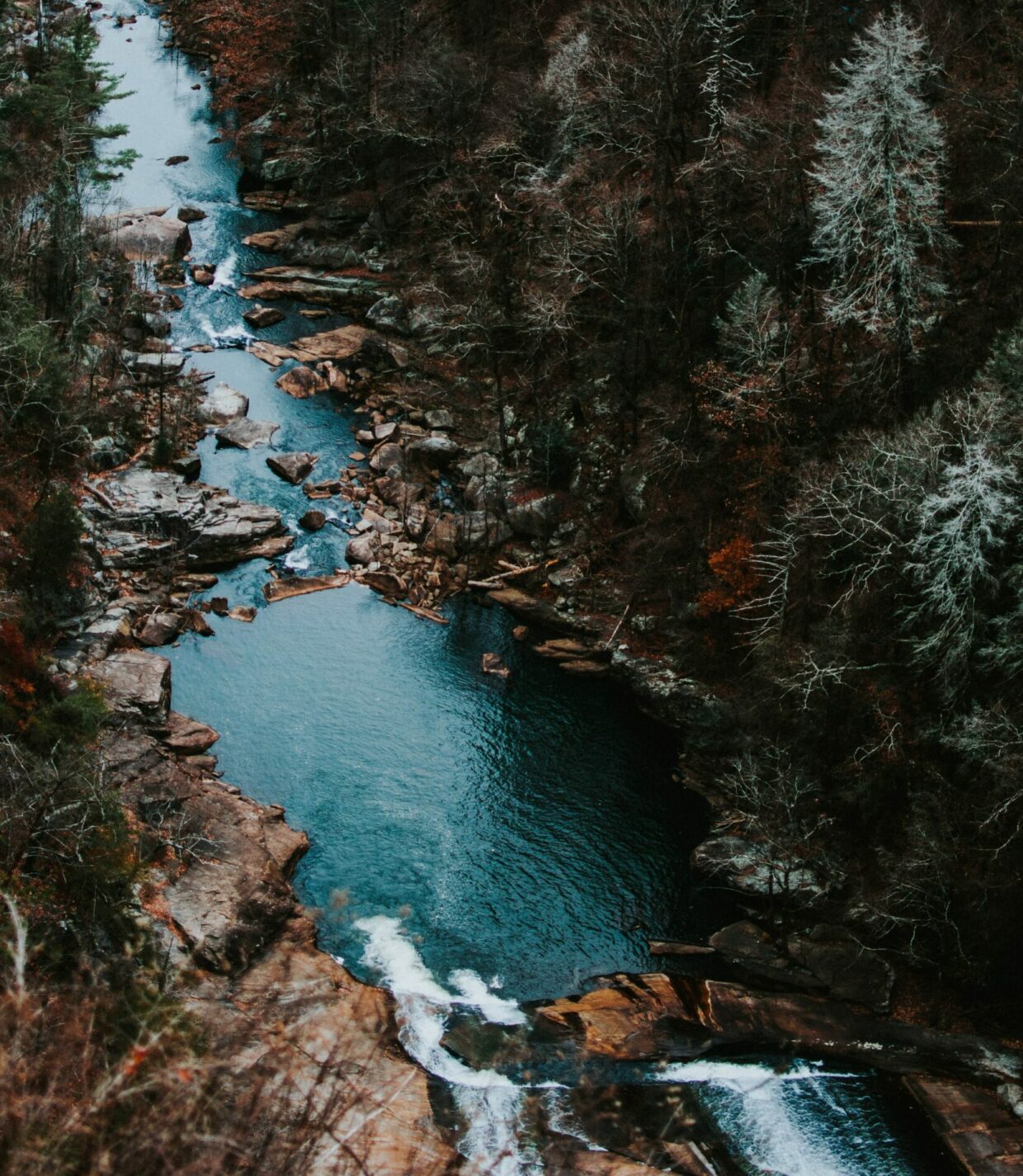
My Educator Heart ♥️

What Really is Inquiry?
Inquiry is not as complex and time consuming as many people automatically think. While inquiry in middle school and beyond typically consists of multiple week-long research assignments, in elementary years it can be as simple as starting everything off with questions and provocations. Along with questions, inquiry involves exploring concepts/ideas to make discoveries by building off prior knowledge. An inquiry process can take place as an entire class, in groups/pairs or individually. For example if you were learning about the ocean, you could have students explore different types of materials as a class, including sand, rocks and driftwood or (if you have access) living species that are no longer living, such as seaweed, starfish, coral or barnacles; it’s really quite limitless! There are many different ways to introduce inquiry into your classroom, it’s all about creativity and well-rounded goals! Overall, inquiry is definitely not just huge amounts of research and documentation!
How to Introduce Inquiry to Primary Students
The easiest way to introduce inquiry to primary students is through many questions and provocations when introducing new concepts or ideas! Instead of using teacher focused or direct instruction based methods, allow students to explore these new concepts and ideas on their own through (usually) hands-on learning and lots of conversations in groups or as a class. Young children are already naturally very curious, so all you have to do is guide and foster this creativity towards more beneficial learning outcomes!
The Power of Provocations
Provocations are meant to provoke curiosity by inspiring questions, ideas or specific actions that promote deeper learning (The Compass School). Whether its questions, graphics or physical objects, provocations are crucial when introducing inquiry (even non-inquiry lessons!), as they provide an indirect way of introducing and guiding students to specific outcomes. Using provocations to provoke learning fosters independent learning and exploration, even if the students work together! Our zoom with Rebecca was the first time I’ve heard of a provocation, but they are something I certainly will be incorporating into my future practicums and teaching career!
My Key Takeaways
From Rebecca’s presentation, a few things that I will always remember was her passion about using provocations to spark inquiry and her advocations for flexible seating in the classroom! Prior to her presentation, I didn’t totally understand how it was possible to introduce inquiry to primary students, especially a kindergarten classroom. I realize now that I simply misunderstood the meaning of inquiry, and it can be as easy to implement as asking questions and fostering play-based learning! Rebecca’s very flexible classroom was also awesome to see, as I’ve witnessed many students who struggle to conform to traditional or forced seating arrangements and would really benefit from a layout like Rebecca’s! I was extremely intrigued by her presentation, and really admire how she owns her passionate “educator heart! and strives to challenge traditional classroom ways”
Rebecca’s Social Media
- Twitter: rbathursthunt
- Instagram: inquiryteacher
- Website: rebeccabathursthunt.com
- Book: “Inquiry Mindset“
Sources
- “What is a Provocation?” by The Compass School.

